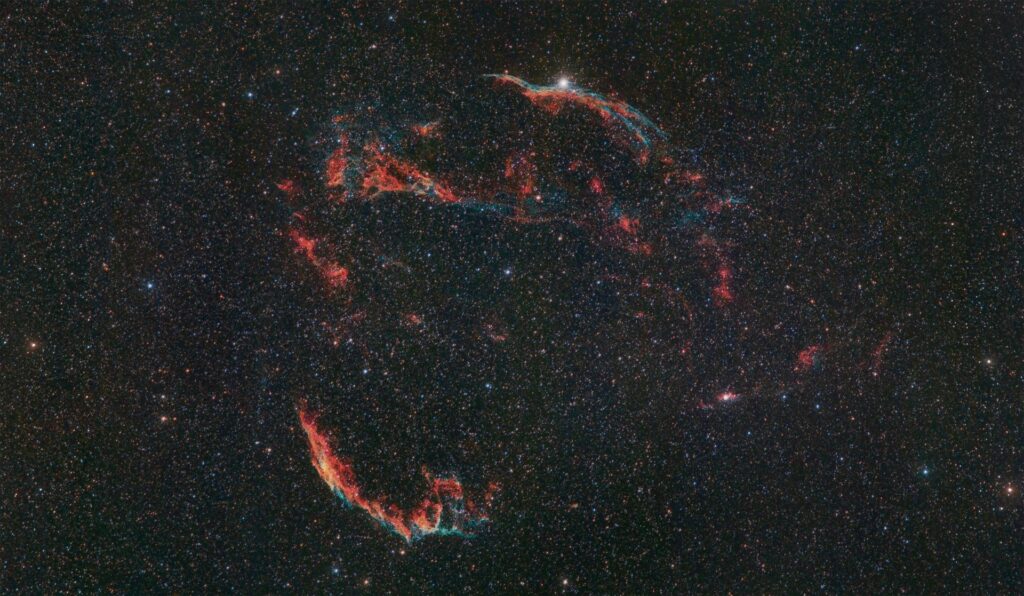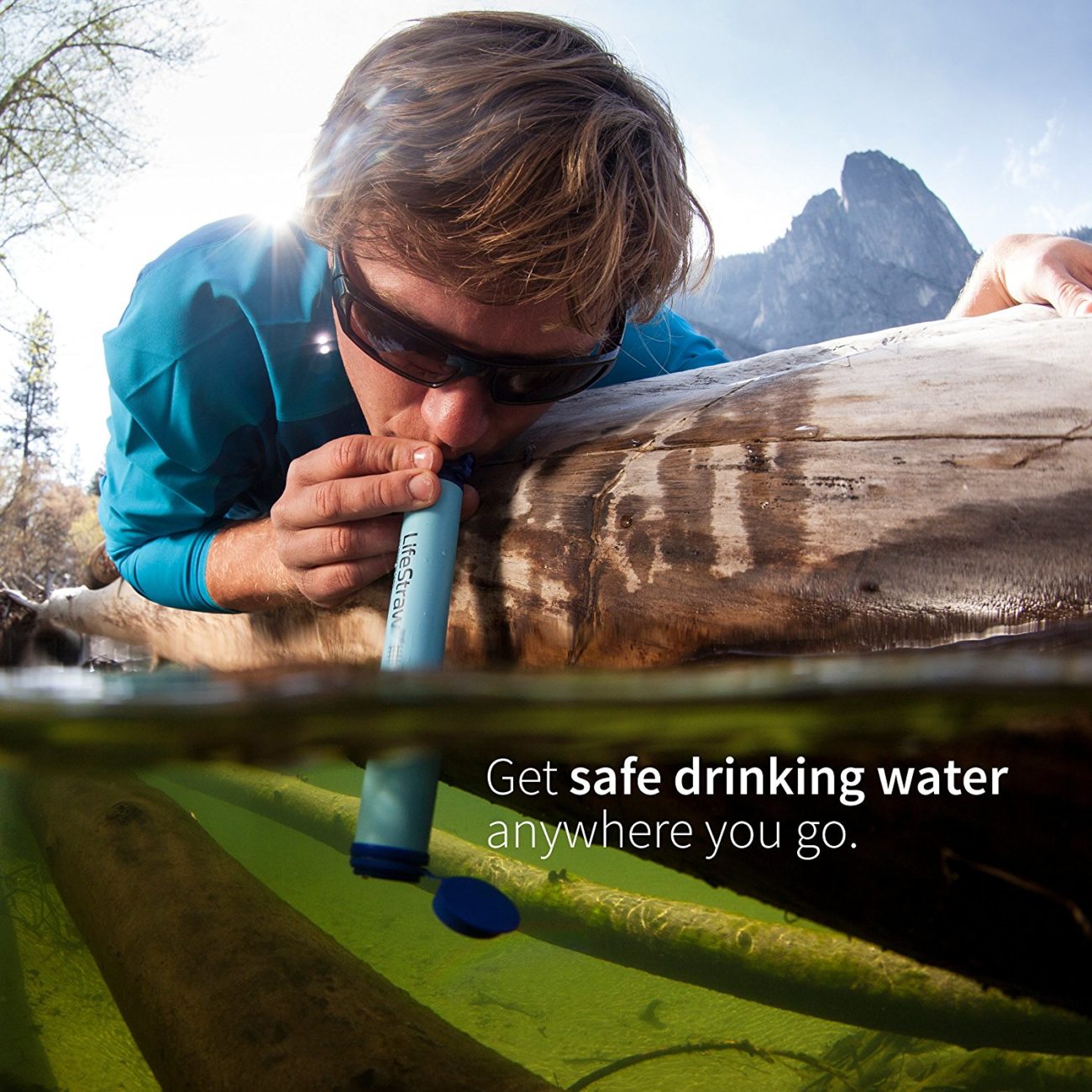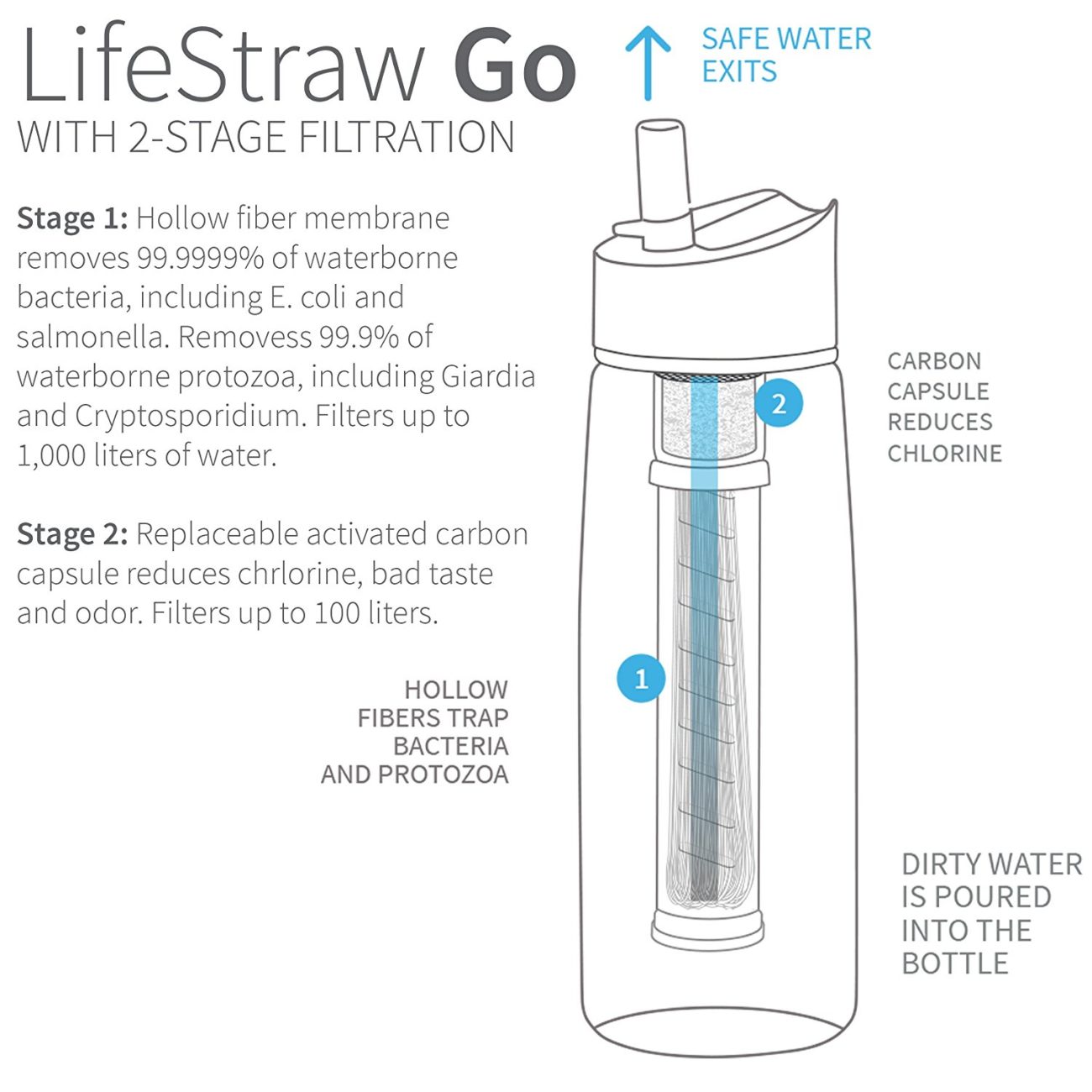Most Recent News


Popular News



How can you get reliable and easy water purification when boiling water isn't an option? There are a few products specialized just for us.
2020 update: Direct links have been removed as I have left the Amazon program.
A man can go 3 weeks without food, 3 days without water, and 3 minutes without air—so the saying goes. Behind air, water is the most important fundamental of life that you need to have when in the great outdoors. And since fresh air isn’t a problem out in nature, having access to clean water is arguably the most important thing in the wilderness. Emphasis on clean. Drinking water that contains the giardia bacteria, for example, can mean a slow and painful death at worst, with. Nothing that any of us want to experience when we’re out enjoying the beautiful nature of a park or trail in a leisurely and relaxed way, or spending days or weeks on serious backwoods journeys.
Not even to mention true emergency survival situations in which access to clean water is often a matter of life and death. And If you’ve read my article on survival kits, you’ll know you need to supplement it up with some water filtration products.
To that end, you need to have a way (or two) of getting clean, drinkable water in a situation where you didn’t take enough or don’t have access to a reliable source. One of the most obvious is boiling water before you use it. Which is the age-old and tried-and-true method of making any water safe. For those of us who enjoy what the 21st century has to offer, we have a few other ways available of purifying water for our needs.
I have and use three water purification products when boiling isn’t an option or would take too much time.

The first are Potable Aqua Water Tablets which, true to their name, are small iodine purification tablets that, dropped into questionable water, penetrate the cell walls of microorganisms such as giardia and in that way render them inactive and the water safe to drink. This takes place within 30 to 35 minutes. Which can be longer than it takes to boil a quart of water (2 tablets purify 1 quart of water).
The added bonus, of course, is that you don’t have to keep a flame going, whether it’s a campfire or a camping stove, and for that reason can keep moving. Just drop the appropriate amount of tablets into water you’ve collected in a container such as a plastic bottle or thermos, close it up, and it’ll be ready and safe to drink in just over 30 minutes.
Each Potable Aqua tablet contains 20 mg of Tetraglycine Hydroperiodide (TGHP) and releases 8 mg of titratable iodine into the water.
These Potable Aqua Water Tablets take up little space. I mean really little, they’re tiny. Additionally, they are lightweight, an important consideration on longer trips.
A drawback to this is that you shouldn’t be using these regularly and-or for a long period of time. Obviously because there is such a thing as too much iodine and you don’t want to subject your body to that.

The other two tools I use for fast and easy water purification are from the LifeStraw brand. The original LifeStraw water filter and the LifeStraw Go, which is basically a PBA-free water bottle with an integrated LifeStraw water filter.
So, starting with the LifeStraw.
You may have seen or heard about it already, as it made quite a splash when it came out, not least due to its high-quality marketing efforts and charity cause (pledging to provide safe drinking water to a child in a developing country for one school year for each LifeStraw sold.)
It’s not all hype, though. The LifeStraw is produced in Switzerland and is a high-quality product. Each LifeStraw filter (the filter micron size being 0.2 microns) can purify up to 1000 liters (or 264 gallons) of water.
The filter size means it catches most types of bacteria (such as giardia and e.coli) and protozoa (such as dysentery.) In their marketing copy, “most” means “99.9999% of waterborne bacteria” and “99.9% of waterborne protozoan parasites.”
That’s certainly a lot of nines; what I know is that it has never failed me.
One thing that you should keep in mind is that the LifeStraw doesn’t filter waterborne viruses, such as the roto- and noroviruses. You’d have to boil your water for around 10 minutes to eliminate those. That said, harmful bacteria and protozoa in the water are a much more widespread threat in the outdoors.
The LifeStraw doesn’t require any batteries, chemicals, or hassle. Just drink and when you’re done drinking, blow through it to expel any remaining water and flush the filter membranes. It’s that simple.
The original LifeStraw can’t have the filter replaced, but they do offer replacement filters for the LifeStraw Go, which we’ll turn to now.

The LifeStraw Go is essentially the same old LifeStraw: same specs, same lightweight of the “straw” itself (about 2 ounces or 56 grams), but it’s the LifeStraw integrated into a BPA-free water bottle.
I’ll be honest, I don’t see why you would want to use the regular LifeStraw if you have the LifeStraw Go.
The fact of the matter is that the LifeStraw Go is simply less hassle. You don’t have to hold it submerged in a body of water or man-made containers such as bowls or bottles. Just put it in place, fill up the water bottle, and you’ve got a container full of water to drink from with the LifeStraw.
Basically, you have less moving parts, less holding the LifeStraw under water while trying to drink from it.
I can see the regular LifeStraw being more practical if you’ve got limited space in your pack and want to use a bowl, for example, for both eating and drinking, but the LifeStraw Go wins in terms of ease-of-use.
You can also replace just the filters on the LifeStraw Go, not the whole straw. It weighs around 23 ounces and has a carabiner for attaching to backpacks.
All three of these products are great and useful in the situations where you need clean drinking water.
They’re just slightly different and complement each other.
You can make do with just one or even none of them, as long as you boil your water properly.
The LifeStraw won’t filter out viruses from the water, so if you suspect the water source you’re drawing from is contaminated with, say, human feces, you might want to drop a few Potable Aqua Water Tablets in there (the iodine is effective at killing viruses, too) in there and not use the LifeStraw. Or use both, if you can.
If you’re hiking through beaver territory and want to be careful not to catch giardia, the LifeStraw will do just fine.
If you’d prefer a more comfortable way to use the LifeStraw, then go with the LifeStraw Go and cut down on the hassle.
Whatever you do, make sure you’re ready and prepared to produce clean water when you need it. You never know when you might find yourself thrown into an emergency survival situation, with access to clean water being one of the things that determines whether you live or die. You should always be prepared.
Plus, water filtration is useful for hiking and camping. So a double win.
(Learn More About The Dominion Newsletter Here)